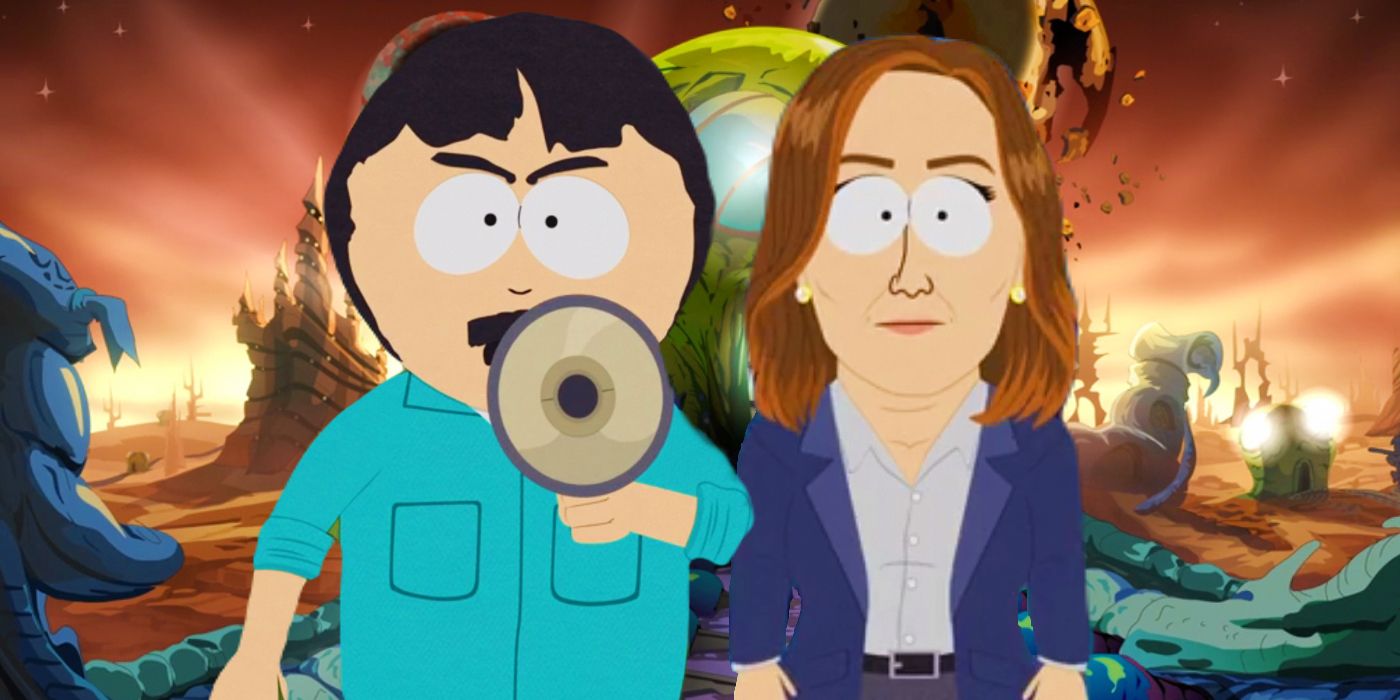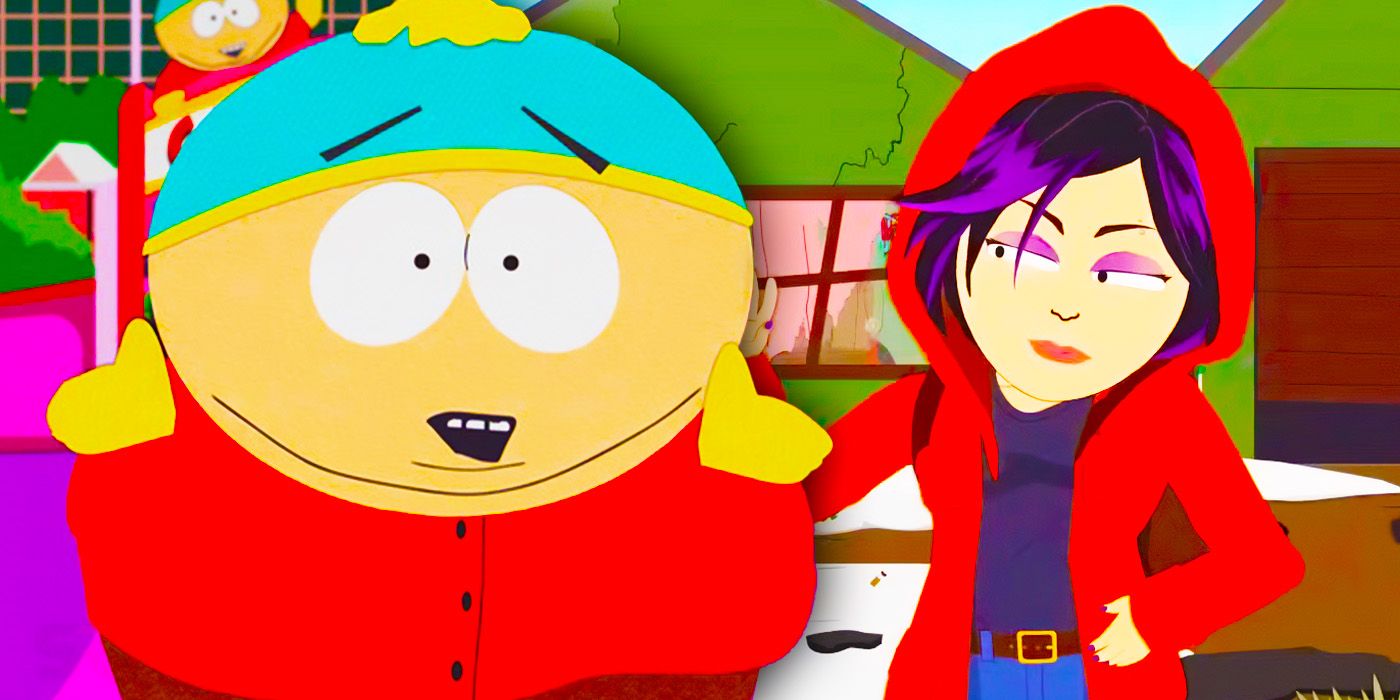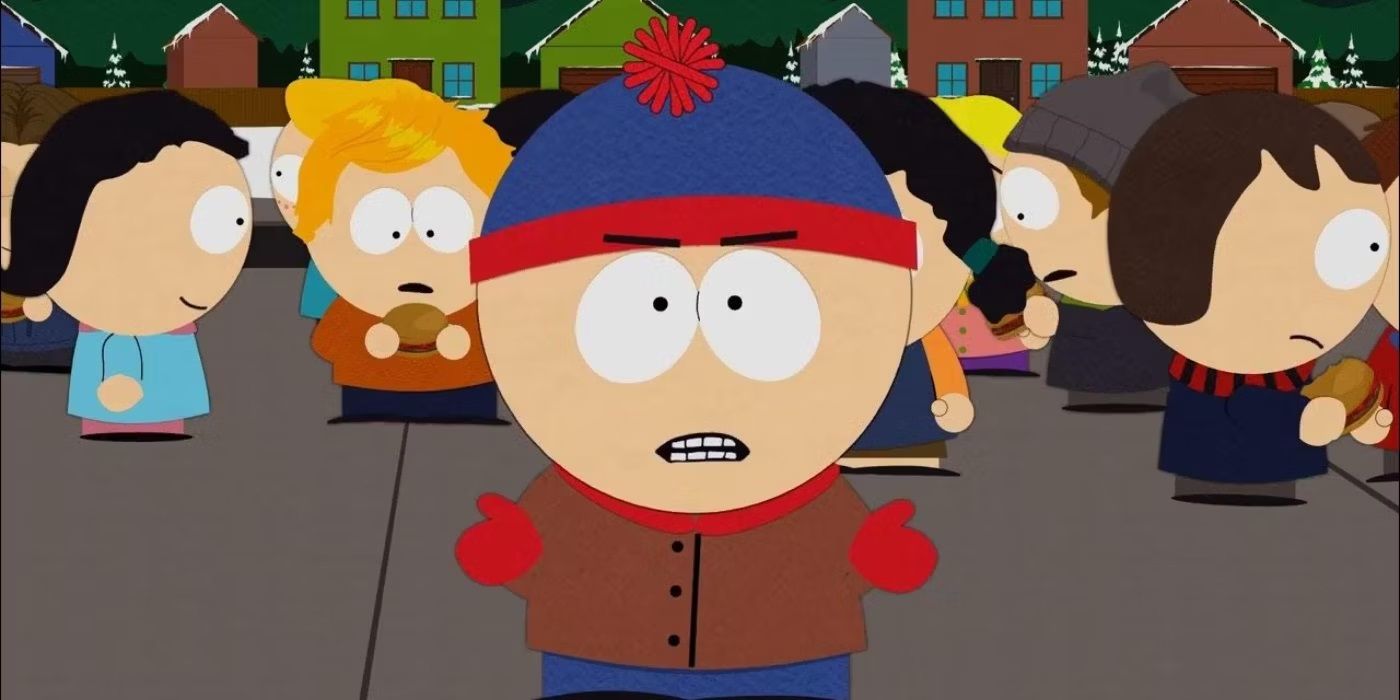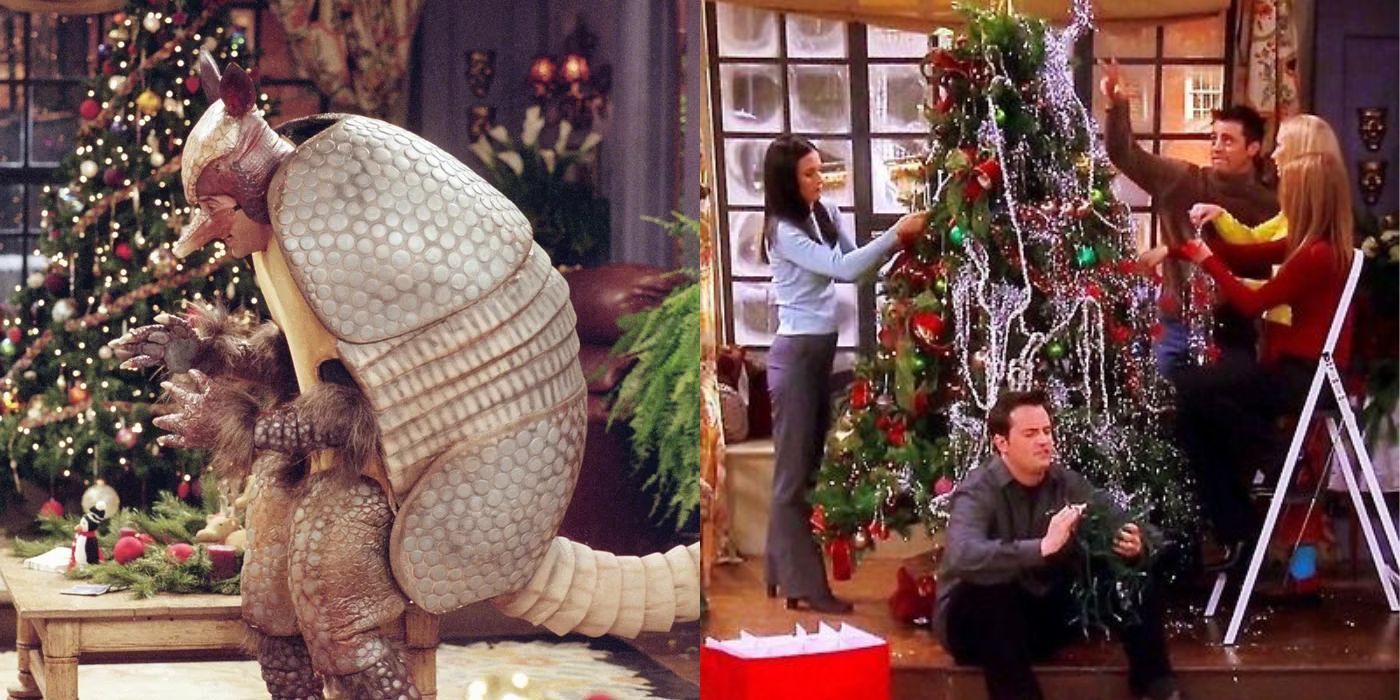Warning: This article contains SPOILERS for South Park: Joining The Panderverse.
Summary
- South Park: Joining The Panderverse features a surreal, zany story that is not easy to follow, with bizarre plot twists.
- The special comments on media companies’ trend of diverse reboots, satirizing the concept of “woke-washing” and the pursuit of profits over meaningful change.
- The subplot of Randy’s labor crisis highlights the flawed economic system and criticizes misinformed political thinking and quick fixes to systemic problems.
While South Park: Joining the Panderverse was the first standalone special that the series has produced in a while, this did not mean that the outing’s zany story was particularly easy to follow. South Park has always trafficked in wacky storylines and wild twists, but the show’s recent feature-length specials have allowed its creators to lean even further into surrealism. Usually, South Park’s episodes are produced in the five days before they air, meaning each outing typically comments on a given week’s newsworthy events. However, South Park’s feature-length specials take months to produce and, as a result, offer more immersive stories, as seen during the events of Joining the Pandeverse‘s ending.
While South Park season 27 will likely see the hit animated series return to its usual short-form storytelling, Joining the Panderverse took the opposite approach. The special’s bizarre plot saw Cartman dream of an alternate universe in which he, Kyle, Stan, Kenny, and Butters had all been replaced by diverse women who played their usual roles. These dreams soon bled into Cartman’s reality as he was sucked into the multiverse and deposited in a reality where his friends all were diverse women, while a woman of color replaced Cartman in his reality. Cartman soon discerned that Disney’s Kathleen Kennedy in a parody version of the executive was responsible for this change.
Cartman and Kathleen Kennedy Worked Together in Joining The Panderverse’s Ending
In Joining the Panderverse’s ending, Kathleen Kennedy tracked down Cartman and forced him to help her work out what was going on. It turned out that the Lucasfilm producer had been using the “Pander Stone” to make changes to the Star Wars and Indiana Jones franchises. As Kennedy and her Disney co-workers continued to pander more aggressively to audiences, the Disney executive’s creative decisions prompted an enraged Cartman to write thousands of offensive missives to her every day. This led Kennedy to use the Pander Stone even more, which eventually opened up a portal to another reality where Kennedy was promptly replaced by a bizarre Kathleen Kennedy/Cartman hybrid.
Cartman’s Bizarre Kathleen Kennedy Hybrid Explained
Although South Park’s heroes have never been women before, Joining the Panderverse made up for lost time with two female versions of Cartman. The first of these was a Black woman who Kyle, Kenny, and Stan refused to believe was really Cartman until she wasted their time, resources, and Kyle’s mother’s money in an elaborate scheme designed to let her play Baldur’s Gate 3. The other female Cartman was a creepy hybrid of Cartman and Kathleen Kennedy who insisted on adding female characters to every intellectual property and, in the character’s own words, making every movie “Lame and gay.”
This was a transparently childish over-simplification of the so-called “woke-washing” that media companies have been accused of partaking in, but Joining the Panderverse was careful to clarify that this weird hybrid wasn’t the “Real” Kennedy. However, South Park’s deception of the “real” Kathleen Kennedy was still happy to pander to the lowest common denominator and equally happy to double down on creative decisions solely to annoy her most vocal critic, Cartman. When the pair of mutual enemies, Cartman and Kennedy, came to an uneasy truce to bring their universes back in alignment, Joining the Panderverse’s ending revealed that the hybrid lived in an alternate universe where Kyle was its sentient breakfast cereal.
Why Randy Blamed Disney For The Handyman Crisis
Like South Park season 26, this special found time for a Randy Marsh storyline. Luckily, this special featured an unusually strong subplot for the character. While Joining the Panderverse’s main storyline followed Cartman’s attempts to get back to his own universe, the subplot of the special saw Randy attempt to teach his children useful skills like calling the handyman for even the simplest repairs. Randy’s plans were scuppered when his handyman revealed that he was now exorbitantly wealthy since trades are one of the few economic sectors that can’t be replaced by AI. As Joining the Panderverse continued, Randy and other members of the professional-managerial class railed against college.
After blaming their alma mater for failing to teach them profitable skills that couldn’t be replaced by technological advancements, Randy and company soon realized that it was really capitalism itself that was to blame. However, as soon as South Park’s Randy started to blame the rich for unemployment rates, income inequality, and student debt, he was informed that Disney’s “Woke” agenda was the real culprit. This was a pretty blatant satirical dig at right-wingers who blame “Woke” media companies for social ills when income inequality is clearly the cause (as evidenced by the two billionaire handymen and their egotistical space race).
How Randy Solved Joining The Panderverse’s Labor Crisis
Instead of learning a trade, Randy transported countless handymen in from alternate universes, thus lowering the cost of the local handymen and saving South Park’s economy. Like Randy’s anger against the richest people in South Park being turned into ire at Disney for their diverse reboots, this twist was another joke at the expense of misinformed political thinking. While the sudden influx of handymen drove down the price of labor, it didn’t solve any of the underlying problems that caused Randy’s perilous employment crisis to begin with. While not the most controversial South Park storyline, Joining the Panderverse’s subplot was a withering indictment of contemporary US economic planning.
What South Park: Joining The Panderverse’s Ending Really Means
In South Park: Joining The Panderverse’s ending, Cartman and Kathleen Kennedy agreed to bury the hatchet to set their universe back to normal. This could be read as South Park’s creators tacitly admitting that complaining about “Woke reboots” is as, if not more, annoying as the countless reboots of movies and shows. Meanwhile, Kennedy’s admission that she was addicted to profitable pandering didn’t give Disney a free pass from the jokes, with South Park arguing that the driving force behind most diverse reboots is not social justice or meaningful change, but rather a cynical drive to make as much money as possible from consumers.
This is reaffirmed by Joining the Panderverse’s subplot. While South Park’s earlier AI episode mocked the idea of human jobs being replaced with AI, the show doubled down on this stance with an episode where only trades were depicted as profitable endeavors. Joining the Panderverse’s ending proved that the economy would always remain unstable and exploitative by design and that no amount of AI or help from the Multiverse could change this system. In South Park: Joining the Panderverse’s ending, the series mocks quick fixes and surface-level solutions to systemic problems via both intersecting storylines.































































